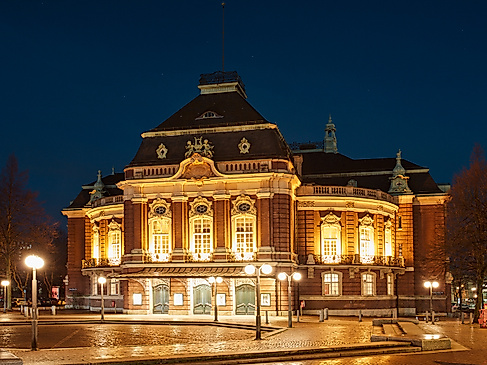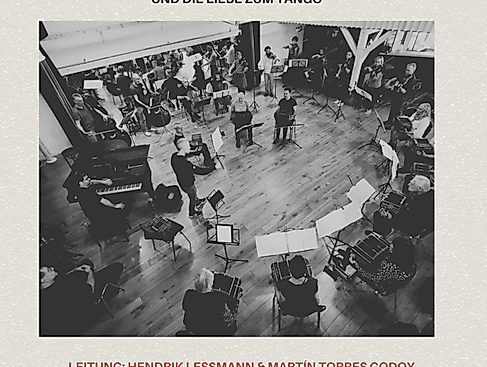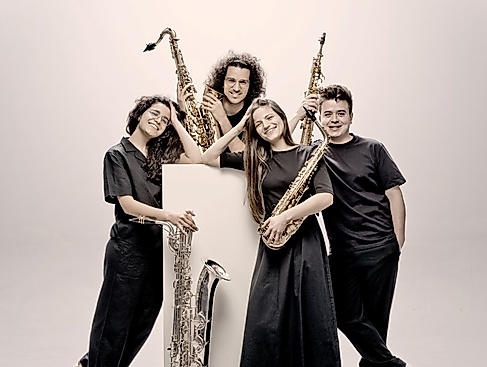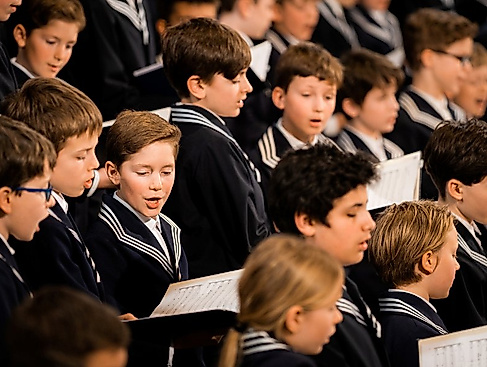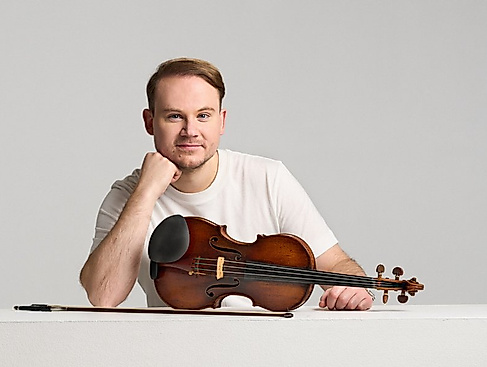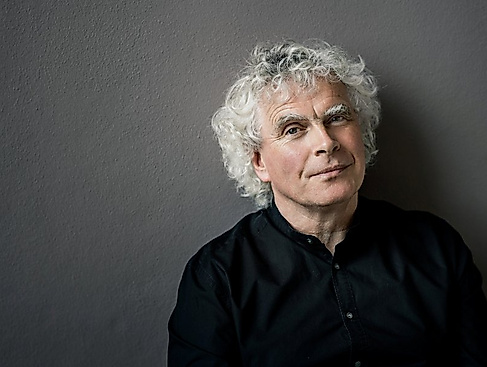The Art of Fugue is a large-scale cycle of fourteen fugues and four canons and demonstrates the contrapuntal art of fugue composition in perfection. It stands alone as an unrivalled and unique masterpiece. In 1802, Bach biographer Johann Nicolaus Forkel declared that »The Art of Fugue is too highbrow for the general public.« Over time, this image of the spiritual work has changed. At the beginning of the 20th century, Alban Berg knew that it was often »considered mathematics«; he, on the other hand, was convinced that this work was »profound music«.
And for pianist Glenn Gould, there was no music that moved him more deeply than the last, unfinished fugue. Looking at the score, one cannot help but be amazed at the multitude of interwoven ideas. As one of the master’s late works, it remained unfinished. There are many rumors surrounding this as well. Did Bach fall ill while writing it? Did his eye condition prevent him from completing it? Couldn’t he have dictated the work to his workshop as he usually did? Or, as a new book by Meinolf Brüser proves, does The Art of Fugue follow in the tradition of vanitas painting, with Bach staging his own end here?
In reference to this art form, which expresses the finitude of human existence and shows humility before God, Bach deliberately ends The Art of Fugue in an incomplete state in the face of his own mortality—a sign of his awareness of the imperfection of his own compositional work. This thesis is also remarkable because The Art of Fugue is generally regarded as the conclusion of Bach’s polyphonic work, the perfection of which no one has yet been able to match.
PERFORMERS
CPE Bach Ensemble orchestra
Hibiki Oshima violin
Naomi Seiler viola
Thomas Tyllack violoncello
Franziska Kober double bass
Hansjörg Albrecht harpsichord
PROGRAM
Johann Sebastian Bach
Contrapunctus XVIII

